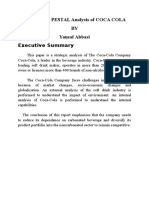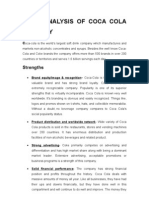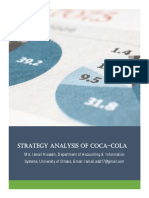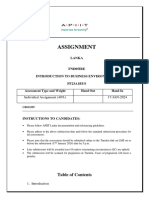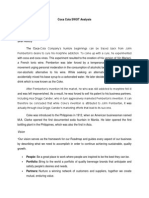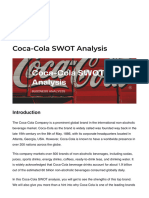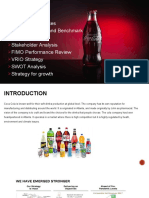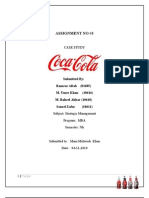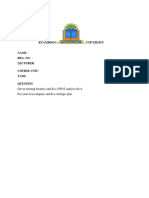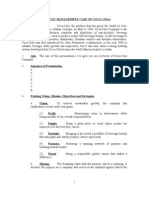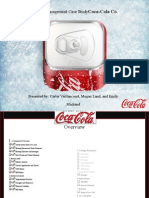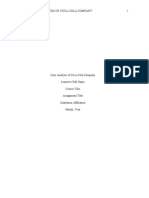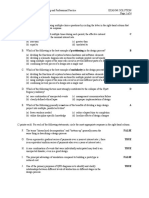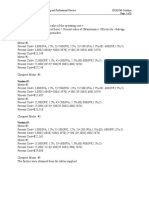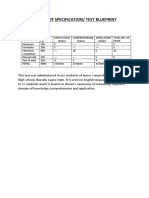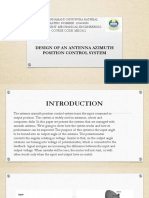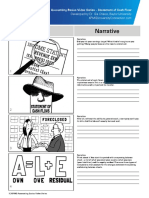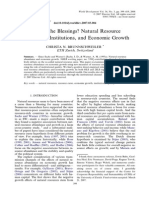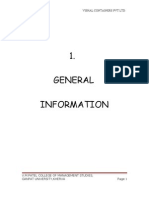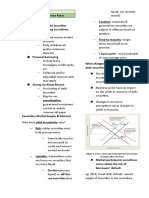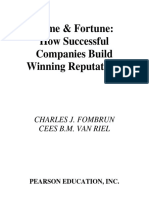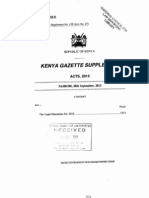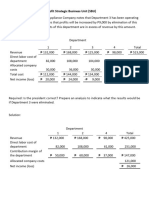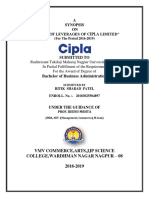0% found this document useful (0 votes)
134 views21 pagesCoca-Cola Strategic Analysis Report
This document provides a strategic analysis of The Coca-Cola Company through a SWOT analysis, Porter's Five Forces model, and financial analysis. It identifies strengths such as strong brand awareness and distribution network, as well as weaknesses like foreign currency fluctuations and water management issues. Opportunities include diversifying into growing beverage categories and extending reach into emerging markets. Threats include increased competition and changing health awareness trends pushing consumers toward healthier options. The analysis concludes Coca-Cola needs to reduce dependence on carbonated drinks and diversify its product portfolio to address these challenges and threats in the industry.
Uploaded by
Uche PaulCopyright
© © All Rights Reserved
We take content rights seriously. If you suspect this is your content, claim it here.
Available Formats
Download as DOCX, PDF, TXT or read online on Scribd
0% found this document useful (0 votes)
134 views21 pagesCoca-Cola Strategic Analysis Report
This document provides a strategic analysis of The Coca-Cola Company through a SWOT analysis, Porter's Five Forces model, and financial analysis. It identifies strengths such as strong brand awareness and distribution network, as well as weaknesses like foreign currency fluctuations and water management issues. Opportunities include diversifying into growing beverage categories and extending reach into emerging markets. Threats include increased competition and changing health awareness trends pushing consumers toward healthier options. The analysis concludes Coca-Cola needs to reduce dependence on carbonated drinks and diversify its product portfolio to address these challenges and threats in the industry.
Uploaded by
Uche PaulCopyright
© © All Rights Reserved
We take content rights seriously. If you suspect this is your content, claim it here.
Available Formats
Download as DOCX, PDF, TXT or read online on Scribd
/ 21



